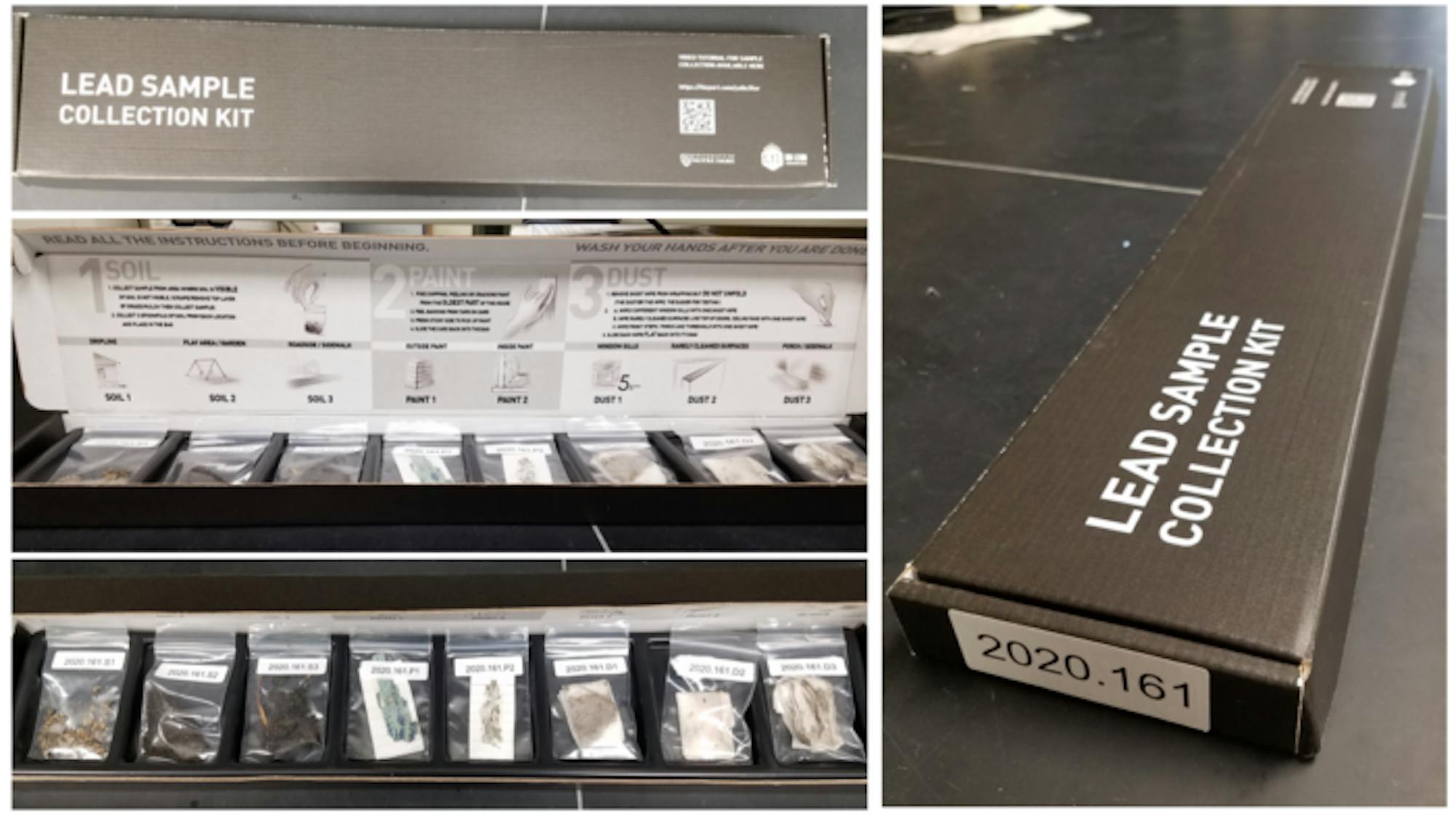Four years ago, Heidi Beidinger, director of the Masters of Science in Global Health program, learned South Bend had the highest rate of elevated blood lead levels in children in the state of Indiana.
Knowing that the St. Joseph County Board of Health was unprepared to deal with the newly discovered lead crisis, Beidinger said she felt like she had to take action. Shortly after, she founded the Notre Dame Lead Innovation Team (NDLIT) to help people living in lead-infected homes.
So, her team started developing a way to test for lead that would take less time and money than the current method — an expensive, four-hour, in-person exam from a lead risk assessor.
“This is how our government finds lead in people's homes,” Beidinger said. “Children are required at 12 and 24 months to get a lead test. They get a blood draw, it gets tested for lead. When it gets to a certain threshold, according to the CDC, social services kicks in.”
At this point, the health department visits the home for environmental testing and assessment.
“And, as you might imagine, that sounds unethical,” she said. “We're using little children's bodies as divining rods to find lead in our environments.”
Chris Knaub, a global health research associate in the Eck Institute of Global Health, said the motivation behind creating a lead testing kit came from wanting to flip the way people currently test for lead. Rather than finding it in children and then fixing their homes, he said they want to test homes instead so people can prevent themselves from getting lead poisoning completely.
“That's what really hooked me — parents who have no idea they're poisoning their children or their children's being poisoned by their home environment, which is negatively impacting their entire life going forward,” Knaub said. “I really got inspired by the ability for our kit to hopefully interrupt that cycle of poverty, and give people and children more potential in life.”
In houses, lead is most commonly found in soil, paint, dust and water. The original kit the team came up with included a series of bags, but they wanted to create something more attractive and official to encourage people to use the product, he said.
Even now, Knaub said, they are working on a new version of the kit, which will be shippable. A Housing and Urban Development (HUD) grant has made more innovation possible, he said.
Anyone can request the current iteration of the kit for free on NDLIT’s website.
Meghanne Tighe, a fourth-year graduate student, said she has been involved with NDLIT since its creation and has played a major role in discovering ways to make the kit easily testable.
“We send out hundreds of these kits a year. It's a ton of samples to be analyzed by one person,” Tighe said. “So I built an automated system that can analyze the samples kind of on their own — now an analyst just has to go and set it up.”
Tighe has also worked on improving the current kit. Using techniques she found in a Brita filter, she was able to create a simple and accurate way to test for lead in water samples.
Tighe said she is quite excited for the next iteration of the kit, which will include the water test in an effort to get a more complete picture of potential lead hotspots.
“I've always been a little hesitant to do research that I can't see a direct, tangible reason why you're doing it,” Tighe said. “So NDLIT has kept me really motivated to do my research, which I know is sometimes hard for other graduate students to keep motivated, especially when your work isn't working. It's been nice to have a project where I know exactly why I'm doing it, and I feel like I really am helping the community.”
Beidinger urged students to get involved with NDLIT. They offer a paid internship through the Center for Civic Innovation (CCI), have held various events throughout the school year and use student workers and researchers on the team.
“We love taking this multidisciplinary team and really applying it to our community,” Knaub said. “I think that the biggest thing that students can get out of this is our focus on the community. A lot of times research is focused on the results, and we try to change that — we're meeting the needs of the community first, and then we get our research done. It's not just doing what you think they need, it's listening and then applying what they say and creating interventions.”
Notre Dame team creates new, cost-effective lead testing method and kit
Meghanne Tighe
The current lead testing kit includes three ways to test for lead: soil samples, paint chips and dust swabs.









